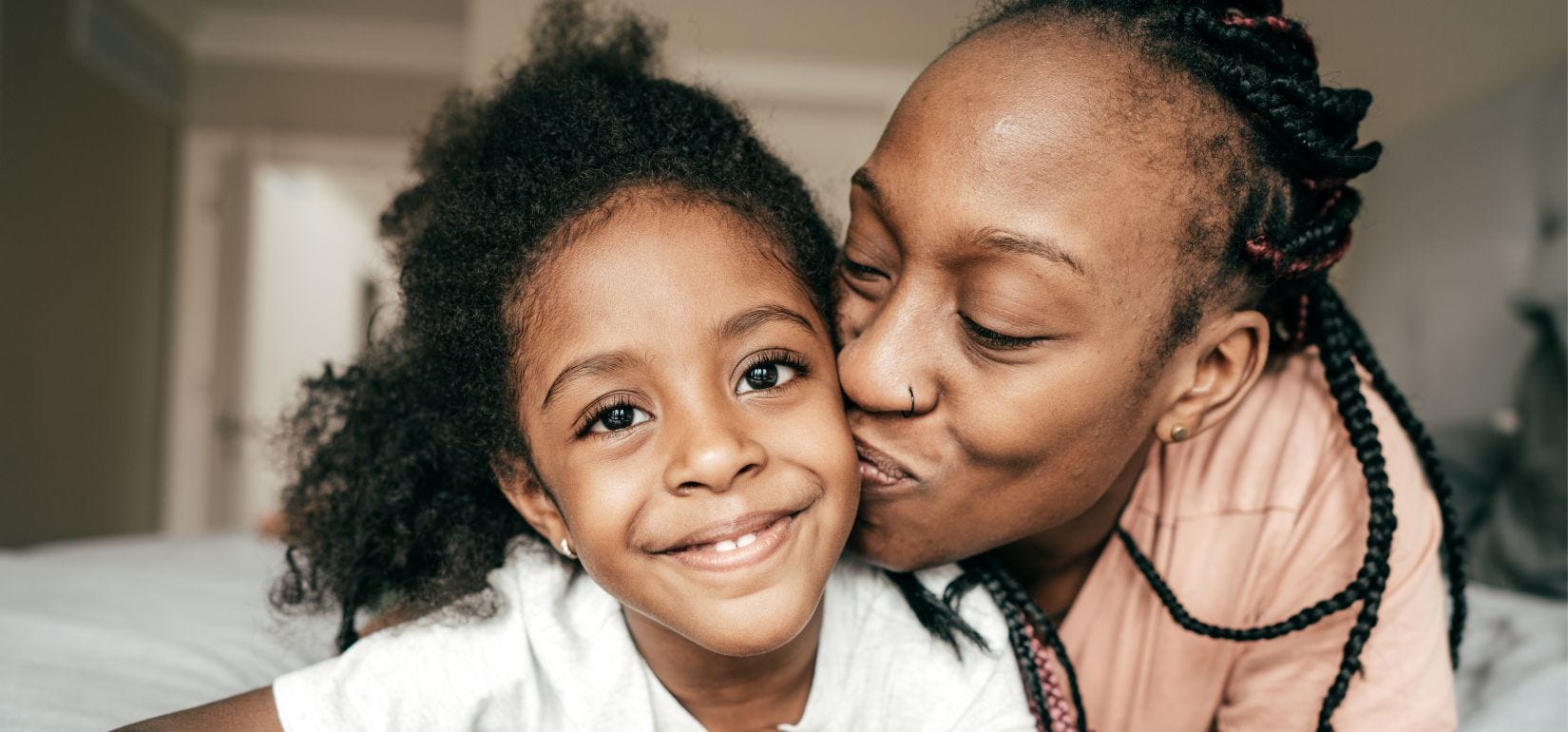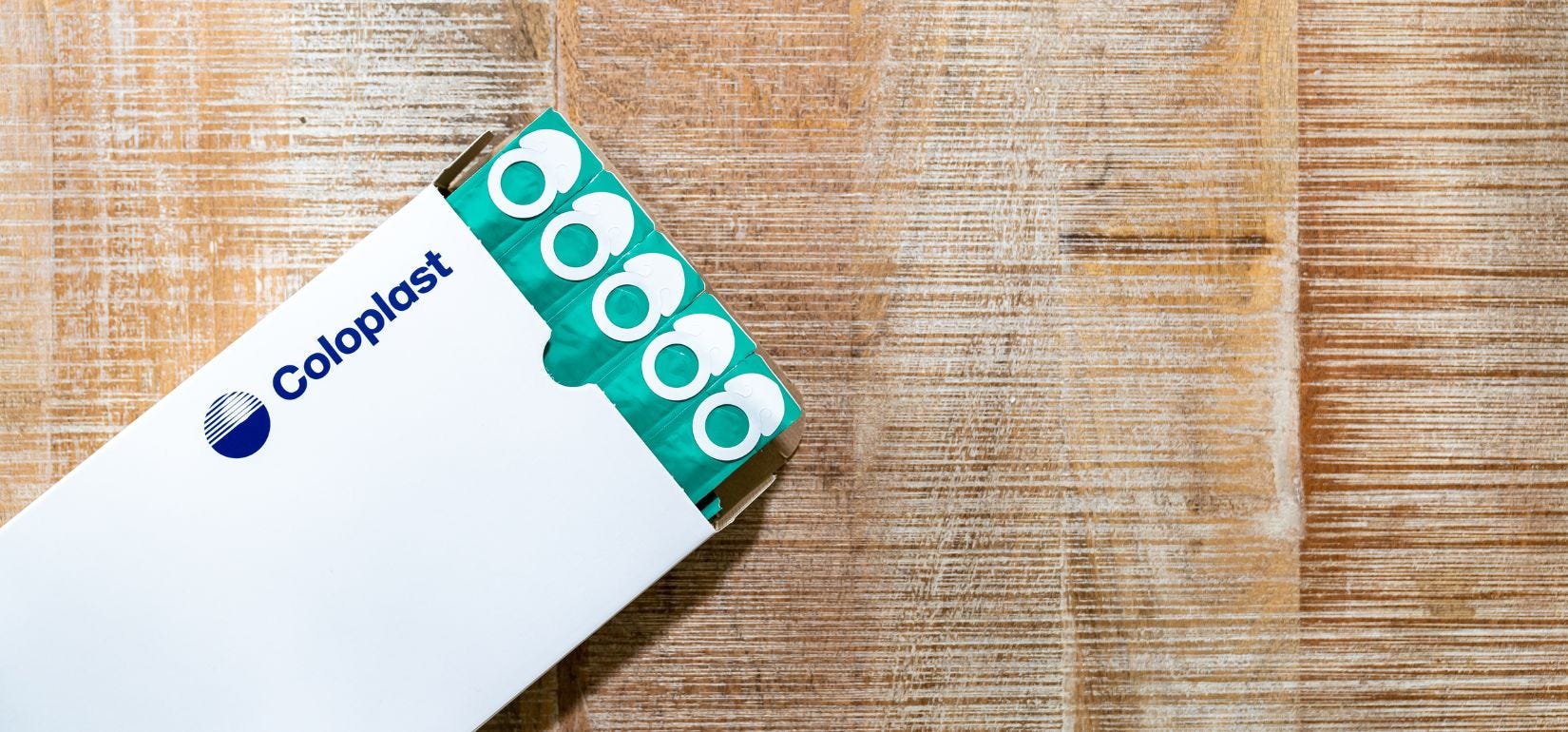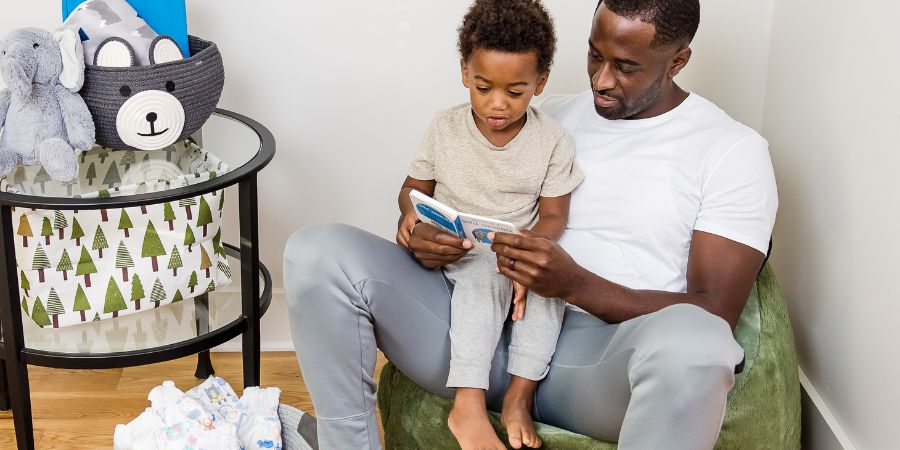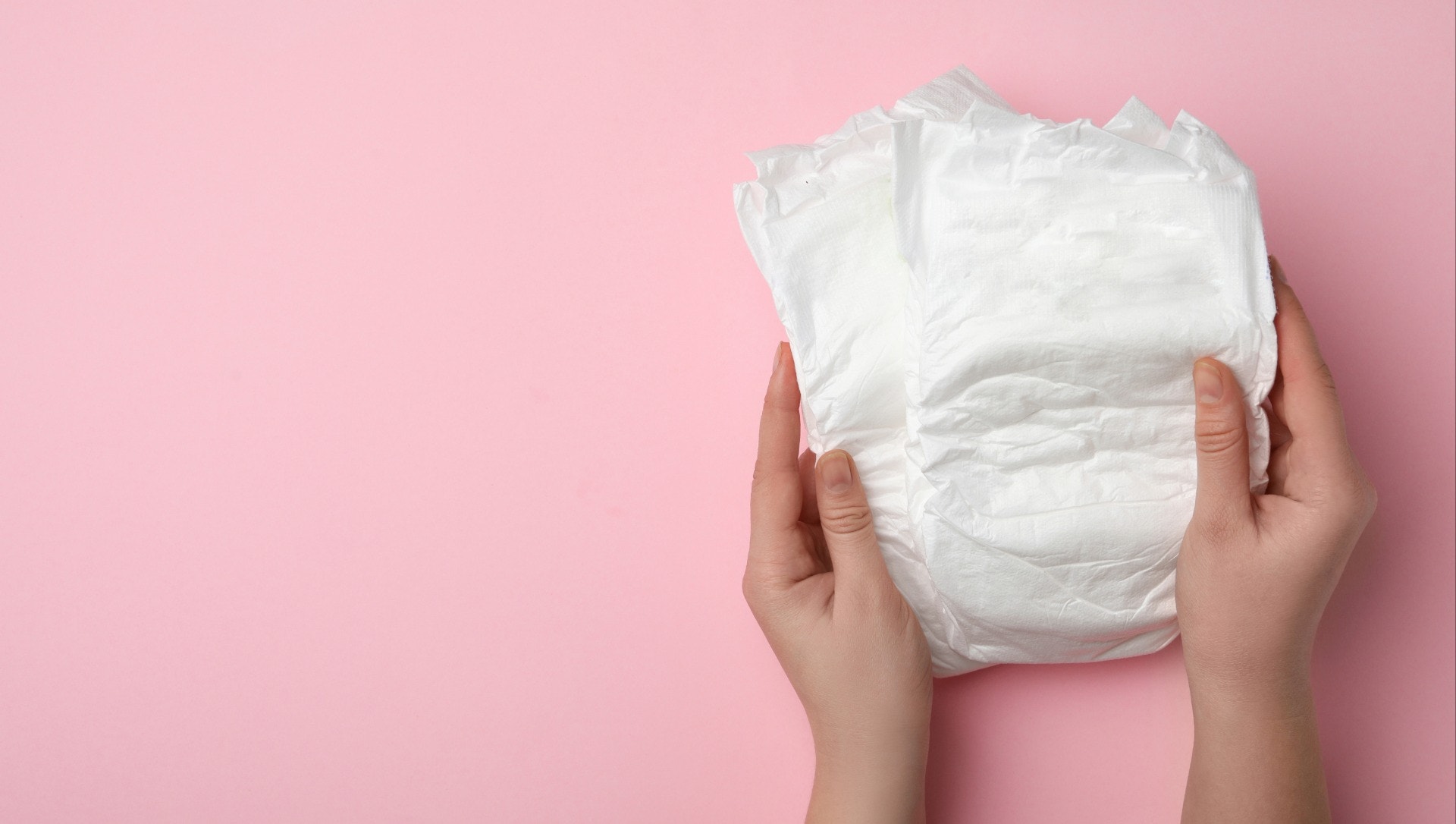This piece has been medically reviewed by Samantha Eaker DNP, CPNP-PC, Medical Advisor to Aeroflow Urology.
Nothing can throw off your plans like wet sheets, car seats, or pants, but these accidents are usually a normal part of caring for a child with pediatric incontinence.
When you have to stop what you're doing to handle a clean-up, remember that any frustration you’re feeling may intensify your child’s anxiety, fear, or embarrassment.
Learn how to help your child and avoid becoming frustrated or angry over continence care issues with the tips in this post.
Pediatric Incontinence
Urinary incontinence in children and adolescents is the same as incontinence in adults. It’s defined as a loss of bladder control that can lead to urine leakage or accidents. Let’s first understand why incontinence occurs and what types of incontinence your child may be experiencing.
Incontinence in your child can occur for multiple reasons, including:
- Medical conditions and medical histories, including constipation, bladder obstructions, spinal cord injuries, or bladder infection.
- Diet
- Weak pelvic floor muscles.
- Genetics or family history of incontinence.
- Special needs, such as attention-deficit hyperactivity disorder (ADHD) or Spina bifida.
- Emotional distress, such as changes in routine, stress, or trauma.
Check Your Eligibility
2 Easy Steps
Diapers and pull-ons for children ages 3+ with special needs, available through Medicaid.
None of the reasons your child may be having incontinence is their fault, so never blame or shame your child.
Types of Incontinence Your Child May Experience
There are different types of pediatric incontinence, including:
- Nocturnal Enuresis (NE) AKA bedwetting.
- Enuresis AKA daytime wetting or daytime incontinence.
- Overactive bladder (OAB).


Avoiding Frustration With Children
Many parents become frustrated when dealing with incontinence, particularly if their child was previously continent or potty trained and then began having accidents. While dealing with nighttime incontinence can be tiring and, at times, an annoyance, it’s crucial to your child’s self-esteem and well-being that you don’t blame or punish your child for accidents. Instead of becoming frustrated, try these tips.
1. Never Reprimand Your Child
One of the worst things you can do when dealing with pediatric incontinence is punish or shame your child for their incontinence and accidents! This does not help them and may increase their stress and anxiety, continuing the cycle of wet nights or accidents.
2. Visit the Doctor
If your child is exhibiting symptoms of pediatric incontinence such as the inability to control their bladder, needing to urinate frequently, experiencing dribbling or partial urine loss, blood in the urine, or frequent urinary tract infections (UTI), visit the doctor.
A primary healthcare doctor or urologist may be able to discover the cause. While some cases of incontinence can be cured, others can only be managed. They will put a treatment plan together to relieve stress by prescribing medication, exercises to strengthen pelvic muscles, voiding practices, and more.
Asking the right questions can also help you understand how to better. Write down a list of concerns before your appointment such as:


1. What may contribute to symptoms?
2. What might worsen symptoms?
3. Is your child’s urinary incontinence temporary?
4. What can you do to help them?
5. What side effects may occur with treatment?
3. Use Diapers or Underpads
While you help your child manage incontinence, using incontinence supplies, such as diapers or underpads, may give them some confidence in and outside the home, and may help you worry less about their accidents staining or ruining furniture or clothing. Aeroflow Urology may be able to provide your child with free incontinence supplies if they qualify through Medicaid or private insurance plan.
4. Be Prepared
Have the right tools on hand for quick and easy clean-ups in case an accident happens. This way, your plans won’t be derailed and you can keep your child clean and safe while discreetly preventing potentially embarrassment.
While running errands or traveling, it’s good to have a bag on hand with a spare change of clothes, incontinence supplies such as pull-ups, wet wipes, and disposal bags to mask embarrassing odors until you find a trash can.
You’ll also want to remain sanitary by having a pair of plastic gloves and hand sanitizer available to prevent coming into contact with excrement.
5. Take Preventetive Measures
You won’t be shocked by accidents if you do your part to help prevent them by:
- Practicing timed voiding. Why wait for the urge to strike just to struggle to make it to the toilet in time? Instead, set a regular schedule for your child to go to the restroom every few hours. It’s best for them to go after waking up, after meals, and before bed. If your child struggles with sleeping through the night, try setting an alarm to wake them around the time they normally wet the bed at night.
- Providing a healthy diet. Certain foods such as greasy items, chocolate, caffeine, spicy dishes, and refined sugar can increase pressure on the bladder, leading to increased incontinence symptoms. Provide healthy meals and snacks for your child full of fiber and nutrition, such as lean protein, whole grains, fruits, and vegetables. Also, give them water and organic juices. Avoid sodas and other beverages filled with sugar.
- Allowing fluid intake. It’s prevalent to think that reducing the amount of water your child drinks will lead to fewer accidents, but that’s not the case. That could lead to dehydration and put more stress on the bladder.
- Reminding your child to go. If they’re busy with a board game or movie, don’t skip the trip to the bathroom. Calmly remind them to try and go. If they meet you with resistance, don’t force it. Gently remind your child that the activity will still be there once they return
6. Be Supportive & Clear
Incontinence can be a source of anxiety and embarrassment. If you become frustrated with your child, it may feed into their fear, worsening the issue. Remain calm, be optimistic, and let them know nothing is their fault while being transparent and open.
Offer support and help clean up accidents while explaining what you’re doing throughout the process. This will help your child understand why they’ll want to clean up accidents on their own eventually.
It’s important to note that you want to be viewed as a trusted source so they will talk to you about their symptoms so you can help and report them to the doctor.


7. Let the Right People Know
You don’t have to struggle with pediatric incontinence on your own. Keeping it a secret may cause a tremendous amount of stress. You can let teachers, your child’s principal, babysitters, friends, and relatives know. They’ll be able to step in and help out when needed. Be sure to give them a list of your child’s incontinence symptoms, including:
- Their bathroom schedule.
- Items that worsen symptoms.
- Where a change of clothes and incontinence products are kept.
- How to reach you in the event of an emergency.
- Tips on how to calm your child.
- Any medicines they’re taking.
8. Relax
Remember to take a little time for yourself to de-stress. Don’t let a little incontinence stress you out; it doesn’t have to control your child’s life. With proper planning and care, you and your family will be able to manage the condition. Plus, letting others help and receiving pediatric incontinence supplies through insurance can take a lot of the weight off your shoulders.

How to Get Free Incontinence Supplies for Your Child
Aeroflow Urology knows that all types of incontinence can become frustrating, but we're here to help. We provide free incontinence supplies through Medicaid and some private insurance plans. All you have to do is fill out our eligibility form and one of our Continence Care Specialists will reach out to you to answer questions and fill out necessary paperwork from your child's healthcare provider.
From there, you'll be given a curated shopping list, incontinence product samples, and we'll deliver your child's supplies straight to your home in discreet packaging.
Fill out our qualify form to see if you can get your child free incontinence supplies today.
Information provided on the Aeroflow Urology blog is not intended as a substitute for medical advice or care. Aeroflow recommends consulting your healthcare provider if you are experiencing medical issues relating to incontinence.









